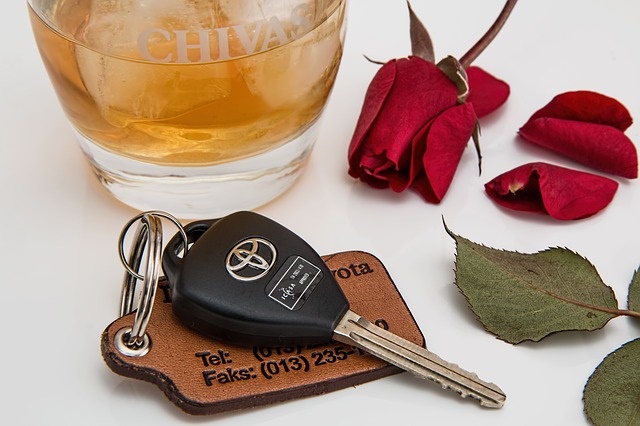Determining alcohol impairment in drivers is quite easy. By one simple blow in breathalyzer test or by taking a blood sample it’s actually easy to determine alcohol blood level. But, with the new wave of marijuana legalization across the world, one question remains uncertain – how to prove if a driver is impaired by marijuana?
Impaired driving is a criminal offense in both Canada and the USA. The allowed limit of alcohol in the blood is 0.08% in both countries, and the breathalyzer test can determine the impairment of driving under the influence of alcohol pretty precisely. However, when it comes to marijuana impaired driving it’s a slightly different story.
Measuring in Colorado
Colorado was the first US state to legalize marijuana for non-medical purposes back in 2014. In fact, five US states have legalized marijuana for recreational use, but Colorado was first to establish the law that allows driving under the influence of the main substance of cannabis, also known as THC. To be precise, a person with five nanograms of THC in the blood can operate the car, but not more than that.
Officers in Colorado are trained to recognize a driver who had a drink or smoked a joint before driving. As a matter of fact, many of them are specially trained to recognize a drugged driver (drug recognition experts – DRE). These experts are also allowed to use chemical tests if they suspect the driver of under the influence of alcohol, drugs or both, the driver has to take a chemical test. Although, if you refuse to take a chemical test in Colorado, you can lose driver’s license right away and you will be classified as a drunk driver.
Colorado and its state laws regarding marijuana and drugged driving serve as an example for other countries on their own path to legalization. Currently, North of the US border, Canada is dealing with similar situation. In fact, Canadian government representatives often travel to Colorado to seek advice from officials.
Marijuana in Canada
Justin Trudeau’s election platform was focusing on “legalizing, regulating and restricting access to marijuana”. So after constituting a liberal government one of his main jobs was to make marijuana legal for recreational use by spring 2017. However, that also includes regulating marijuana-impaired driving.
So, as Canada moves closer to legalizing marijuana, the Trudeau’s government has to regulate all the aspects of using cannabis: distributing, producing, as well as driving. The government has set the task force to deal with these aspects, so Canadians can only anticipate if there will be a legal limit for driving under the influence of THC, or it will be illegal.
So to be prepared for the upcoming big day, all over police is testing new saliva roadside devices on suspected drug-impaired drivers. But still, these devices have to be officially approved by the law.
Drunk Driving vs High Driving infographic was made by OMQ law office and shows the differences between impaired-driving laws in Canada and the US. This infographic explains all!





